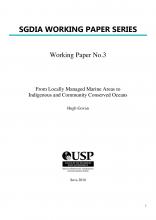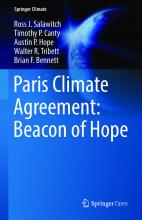Taking the sting out of the Little Fire Ant in Hawaii

BRB
Lee, Donna J.
,
Leung, PingSun
,
Motoki, Michael
,
Nakamoto, Stuart T.
,
Vanderwoude, Casper
2015
Inthe1990's,LittleFireAnts(LFAs)founditswaytotheislandofHawaii,mostlikelytravelingwithashipmentof potted plantsfrom Florida.These plants weresubsequentlysold toconsumers along theeastcoast of theIsland, alongwithLittleFireAntcolonieslivinginthepottingmedium.LFAisnowthrivingandcontinuestospread.Fifteenyearsaftertheinitialdetectionin1999,LFAhasspreadtoover4000locationsontheislandofHawaiiandhas beenfoundinisolatedlocationsonKauai,Maui,andOahuIslands.Currenteffortsareexpectedtocontaintheinfestations on the otherislands but signi cant additional investment isneeded tohalt therapid spread of LFA on the island of Hawaii. Increased management expenditures can suppress infestations; reduce spread between sectors; and decrease long-term management costs, damages, and stings.| Animmediateexpenditureof$8millioninthenext23yearsplusfollow-upprevention,monitoring,andmitigation treatments will yield $1.210 billion in reduced control costs, $129 million in lowered economic damages, 315 million fewer human sting incidents, and 102 million less pet sting incidents over 10 years.| Over35years,thebene tsinclude$5.496billioninreducedcontrolcosts,$538millionlesseconomicdamages, 2.161 billion fewer human sting incidents, and 762 million fewer pet sting incidents.


